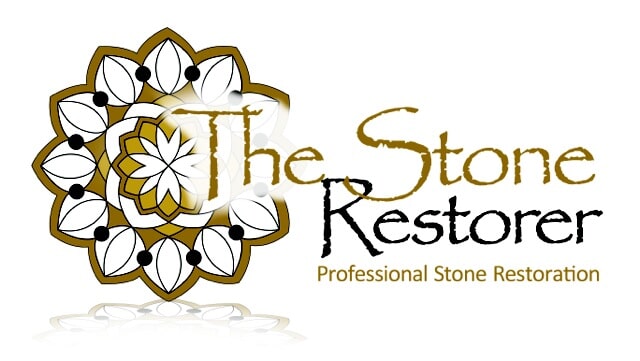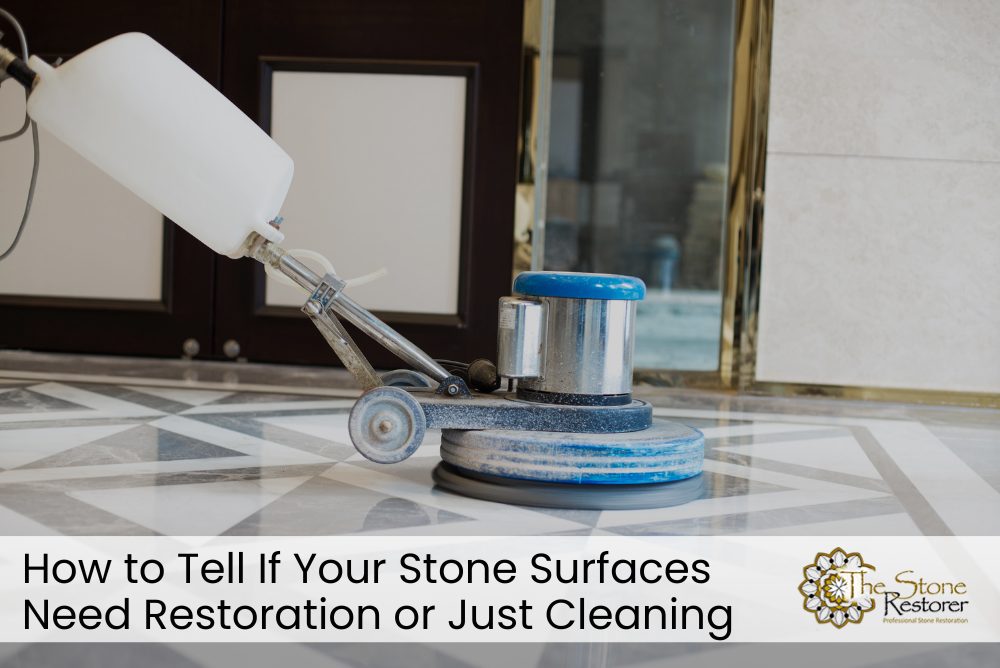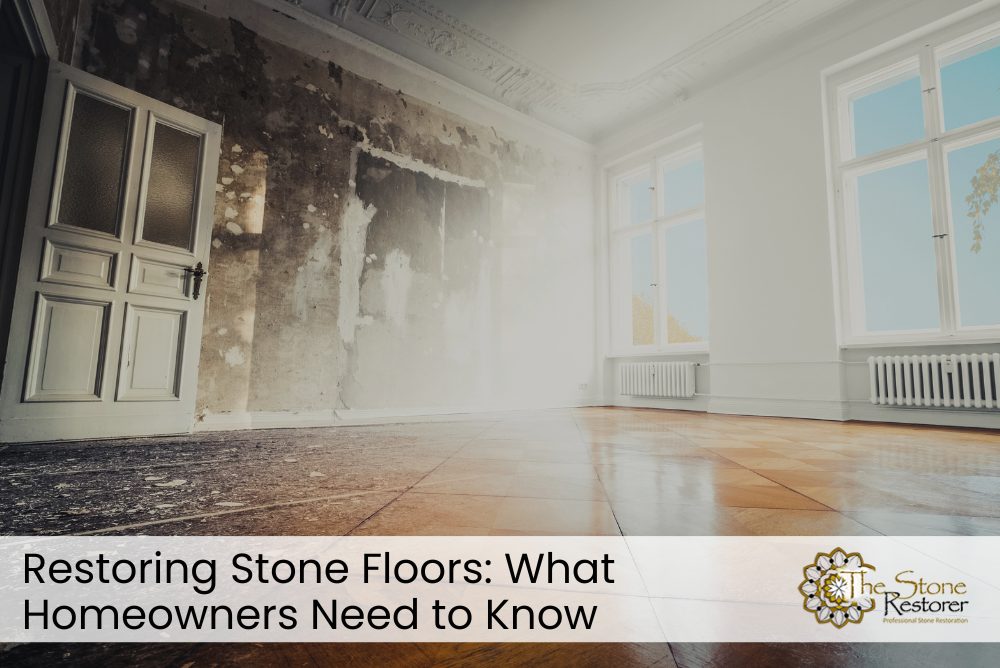Stone floors are timeless. They’re strong, stylish and built to last. But over time, even the best stone can lose its shine. Dirt builds up. The surface gets dull. Cracks can form. That’s why polishing your stone floors is more than a touch-up—it’s a smart investment in your home or business.
If you care about long-term value, then you’ll want to explore stone restoration options. Let’s break down why polishing your stone floors is one of the smartest moves you can make today.
Preserves the Natural Beauty of Your Floors
Polishing brings stone floors back to life. When done right, it highlights the rich colours, natural veins and textures in the material. This matters for both home owners and businesses. First impressions count. Guests notice a clean, glossy floor the second they walk in.
Think of polishing as a facelift for your floor. It doesn’t just clean the surface—it restores the original character of the stone. If your floor looks worn or faded, polishing lifts it right back up.
The best part? You don’t have to replace your flooring to get this result. A full replacement can cost thousands. But with polishing, you keep the same floor and still get a fresh, clean look. To learn more about how to clean and shine stone floors like a pro, check out this practical guide.
Boosts Property Value
A polished floor isn’t just about looks. It adds real value to your property. Whether you’re planning to sell soon or stay long-term, polished stone creates a premium feel. Buyers notice these details. They associate shiny, well-maintained floors with luxury and care.
Let’s be honest—no one wants to walk into a home and see a floor full of scratches, dull patches or stains. A polished surface tells a different story. It signals quality. It reflects light better. And it makes every room look cleaner and more refined.
Real estate agents often point out polished floors as a selling point. Why? Because it shows the home has been looked after. You won’t get that kind of impact from carpet or vinyl. If you’re working with natural limestone, here are the best techniques for polishing natural limestone floors that can give your space that edge.
Protects Against Long-Term Damage
Stone is tough—but it’s not indestructible. Over time, foot traffic, spills, and abrasive cleaners can wear it down. When a floor loses its seal, it becomes more vulnerable to stains, chips and moisture damage.
Polishing helps you avoid all that. It acts like a protective layer. It seals the pores of the stone so dirt and liquids don’t sink in. This makes your floor easier to clean, and keeps it in top shape longer.
This is especially helpful in high-use areas like kitchens, hallways or office spaces. A smooth polished surface won’t trap grime, and you’ll spend less time scrubbing. If you’re dealing with marble or other sensitive materials, consider professional marble restoration for natural surfaces to avoid costly mistakes.
Reduces Cleaning Time and Costs
If you’ve ever spent hours trying to mop a textured or stained stone floor, you know how painful it can be. Dust sticks to rough surfaces. Grime builds up in cracks. And no matter how much you clean, the floor still looks tired.
Polishing smooths out the surface. That means less friction, fewer places for dirt to hide and less time spent scrubbing. You can use a simple mop or vacuum to keep the floor spotless.
Here’s the bonus: you save money on cleaning products and tools. You don’t need harsh chemicals. In fact, most polished stone floors just need a pH-neutral cleaner and warm water.
That’s less strain on your wallet—and your back.
Supports Sustainability
Polishing your floors is better for the environment too. Think about it. Replacing a stone floor means digging up raw materials, cutting them, shipping them, and installing them. That’s a huge environmental load.
Polishing, on the other hand, extends the life of what you already have. There’s no waste. No removal. No added emissions from quarry to showroom.
If sustainability matters to you, this is a clear win. You get the beauty of a like-new floor without the environmental cost of replacement.
Fits with Modern Design Trends
Designers are leaning back toward natural finishes. And nothing says “modern luxury” like a sleek, high-gloss stone floor. Whether you’re going for a rustic look or a clean, minimalist vibe, a polished surface fits in.
More Aussies are choosing mixed-material styles too—timber and stone, metal and concrete. In these combos, polished stone works as a visual anchor. It adds depth. It reflects light. And it ties the room together.
Even better, there are different finishes available. You don’t have to go high-shine. You can go for honed or matte if that suits your style better. Point is, polishing gives you options.
Safer and More Hygienic
You might not think about it, but polished stone is safer to walk on than worn, uneven flooring. It reduces tripping hazards and makes spills easier to spot and clean. This is key for families with kids or businesses with lots of foot traffic.
Polishing also makes stone floors more hygienic. Because it closes the pores in the stone, bacteria and mould have nowhere to hide. In kitchens, bathrooms, or medical centres, that’s a big plus.
Regular cleaning combined with a polished surface keeps your space cleaner with less effort. That’s peace of mind, especially in shared spaces.
Case Study: Sydney Café Cuts Costs with Stone Floor Polishing
A café owner in Sydney had sandstone floors that looked worn down after a few years of heavy use. Daily foot traffic, coffee spills and harsh cleaning products had left stains and dull spots everywhere. The owner considered replacing the flooring but balked at the cost.
Instead, they chose a professional polish and seal service. The results were clear. The floor looked brand new. More importantly, daily cleaning became easier and quicker.
The owner reported a 30% drop in cleaning supply costs and less time spent mopping after hours. Customers even commented on the improved appearance. For a small upfront cost, the café got a major long-term win.
Long-Term Savings Add Up
Let’s look at the math. Say you replace your stone floor every 15 years due to wear. That’s thousands of dollars each time. Now imagine you polish it every 3-5 years instead. The cost of polishing is far less than a full replacement.
Even better, regular polishing reduces the need for deep cleans or emergency repairs. No more trying to fix cracks. No expensive re-sealing jobs. It’s like changing the oil in your car. Do it regularly, and it runs longer and smoother.
In short, polishing pays for itself. And then some.
Frequently Asked Questions
1) How often should I polish my stone floors?
This depends on the type of stone and how much use it gets. High-traffic areas like hallways or business entrances may need polishing every 1–2 years. Less busy spaces can go 3–5 years between polishings.
A good sign your floor needs attention is when it starts looking dull or when it no longer repels water. If spills start soaking in rather than beading on the surface, it’s time for a polish and seal. Keep an eye on these signs and talk to a professional if you’re unsure.
2) Can I polish stone floors myself?
You can try, but it’s tricky. DIY kits exist, but the results are often patchy. You risk scratching the surface or using the wrong products, which can cause permanent damage.
Professional polishers use commercial-grade machines and know exactly what each stone type needs. They’ll also seal the floor properly, which protects your polish and keeps the floor looking great longer. In short, if you want the job done right the first time, it’s best to hire an expert.
3)Is polishing safe for all stone types?
Not all stones react the same way to polishing. Marble, granite, limestone, and travertine polish well. But softer stones like slate or sandstone need gentler techniques.
That’s why it’s smart to get a professional opinion before starting. They’ll test a small section first and check the condition of your floor. The goal is to enhance the stone, not damage it. So don’t just grab the nearest buffer and hope for the best.
4) What’s the difference between polishing and sealing?
Polishing smooths and brightens the surface of the stone. Sealing adds a clear protective layer that keeps out stains and moisture.
You usually want both. Polishing makes the floor look great. Sealing keeps it that way. After polishing, a sealant is applied to maintain the finish and protect the pores of the stone. Skipping the sealing step is like washing your car and then driving through a mud puddle.
5) Does polishing help remove stains?
Yes—if the stain is on the surface. Polishing can remove scratches, dullness and some marks left by acidic spills or heavy foot traffic.
But deep-set stains that have soaked into the stone may need extra steps. In those cases, a poultice or deeper restoration process might be required before polishing. Professionals can assess and treat both surface and deeper stains as part of a full restoration job.
A Smart Investment with Real Returns
Polishing your stone floors is one of those upgrades that makes sense from every angle. It saves money. It adds style. It protects your floors from wear and tear. And it shows you care about your space—whether it’s your home, your business or a rental property.
When you polish your floors, you’re not just cleaning them—you’re extending their life, boosting their beauty and increasing your property’s value. That’s a smart move today and a wise choice for tomorrow.
If you’re ready to bring your floors back to life and protect your investment, check out The Stone Restorer and see how experts can help.
Give us a call today at 0414 469 301 or ask us for a fast free quote on your tile cleaning or restoration project.






